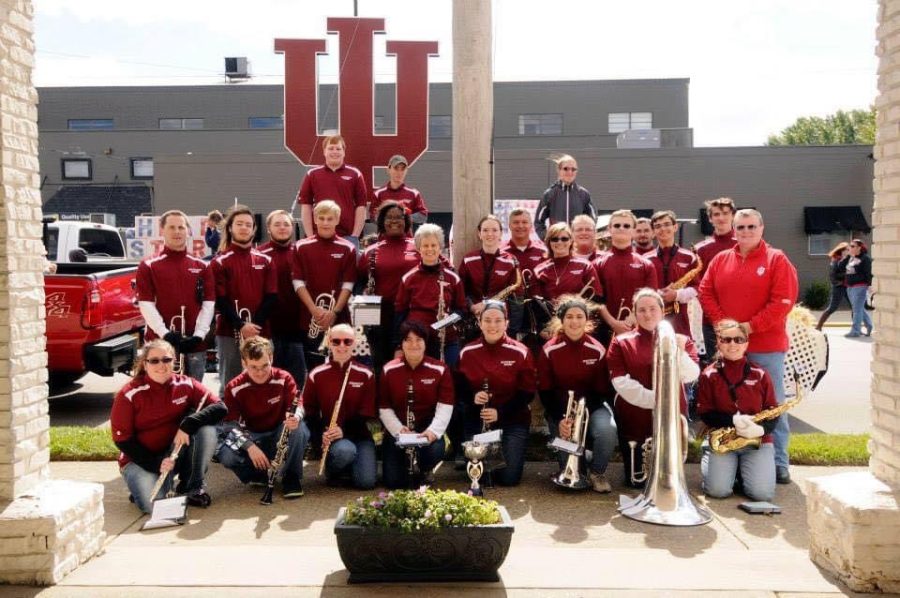There is a large sector of American society that wants you to embrace the F-word. They want the F-word in schools, in the government and in our homes. Some of these people even name their children after the F-word.
Don’t believe me? President Obama said the F-word at least twice in his State of the Union address. There are plenty of athletes, priests and educators who will tell you the F-word is at the center of everything they do. The F-word is also what Ken Ham, founder of The Creation Museum, is trying to promote and protect.
The F-word I am referring to is, of course, “faith.”
Before you accuse me of blasphemy, let me say that I respect and defend anyone’s right to believe whatever they wish. I was raised Catholic, attended Catholic schools and was taught from an early age that freedom of religion is one of the core values that sets the U.S. apart from the rest of the world.

The problem I have with Mr. Ham and his museum is that he is trying to disguise religious faith as science. And he’s cutting into local tax revenue to do it.
The 70,000-square-foot Creation Museum sits next door to Cincinnati’s airport in the small town of Petersburg, Ky., about a two-hour drive from IU Southeast. It gained national recognition last week when popular children’s TV host Bill Nye (the Science Guy) debated the merits of creationism vs evolution with Ham. More than half a million people watched the debate live.
I visited the museum complex last week ahead of the debate, and while I agreed with absolutely nothing I saw in the exhibits, it is well within Mr. Ham’s — or any other Christian’s — right to regard the Bible as a literal account of how the world came into existence, no matter the evidence to the contrary.
Ham’s museum teaches that the world was created in exactly six days a little more than 6,000 years ago. God decided to flood the earth and instructed Noah to build an ark to house two of each animal in existence—including dinosaurs. No, seriously. The museum displays a miniature ark with longneck dinosaurs following giraffes, two by two, up a boat ramp. (See photo.)
That brings me to Ham’s latest ambition: a 160-acre religious theme park with a “full-sized” replica of Noah’s Ark. The park will feature live animal shows, a children’s interactive play area, a Middle Eastern village and a replica of the Tower of Babel. It will also be paid for, in part, by Kentucky taxpayers.
Gov. Steve Beshear and the Kentucky Tourism Development Finance Authority have approved a $43 million tax incentive for the park, as well as $11 million to improve the interstate system leading to the Ark Park.
Beshear approved this plan full of tax incentives in 2010. Meanwhile in Louisville, Kentucky Kingdom, the amusement park that was a major source of summer jobs for teens, was rotting away.
One of Nye’s goals in debating Ham was to raise awareness that, if we allow creationism in public education, our country’s young people will not be able to compete with the rest of the world in areas such as math and science. But there’s already a problem in Kentucky. According to census data, Kentucky ranked 47th in the nation in percentage of high school graduates in 2009.
“Most students are presented only with the evolutionary belief system in their schools, and they are censored from hearing challenges to it,” Ham wrote in a blog post the day before the debate. “Let our young people understand science correctly and hear both sides of the origins issue and then evaluate them.”
What attracts many young people to hear Ham’s “side” of the origins issue are the dinosaurs that are featured prominently on the Creation Museum’s website and ads. It is what piqued my interest. Who wouldn’t be intrigued by the thought of humans living with dinosaurs? Most children would love their own pre-historic pet.
Although, in Ham’s view, of course, they wouldn’t be pre-historic.
Once inside the museum, however, it is more fire and brimstone than Fred Flintstone. Exhibits warn of the breakdown of the traditional family, world famines and even war, all because creationism is not taught in public schools.
“If you believe in a universe that was created by accident, then there is ultimately no meaning and purpose in life,” Ham wrote in his blog the day before the debate.
The issue with teaching a Christian faith concept in our country’s schools — aside from the scientific evidence that contradicts it — is that not everyone is a Christian. Studies have found more than 300 different religions in the United States. A 2012 analysis by the Pew Research Center found that 20 percent of Americans do not identify with any religious group. One third of those people are under 30. Ham’s proposal is truly a testament to an old way of thinking.
Faith is an important part of our society and provides answers for millions of people. But when it comes to religion influencing our tax dollars and public schools, it is time for the F-word to go the way of the dinosaur.
Editors note: A previous version of this article said that Beshear awarded The Creation Museum tax money in 2010. Beshear did approve a tax incentive plan in 2010 and in order for The Creation Museum to receive the $43 million in tax incentives it must be open more than 100 days a year, cost more than $1 million and attract at least 25 percent of visitors from out-of-state by their fourth year of operation. This rebate will be spread out over a 10 year period.












